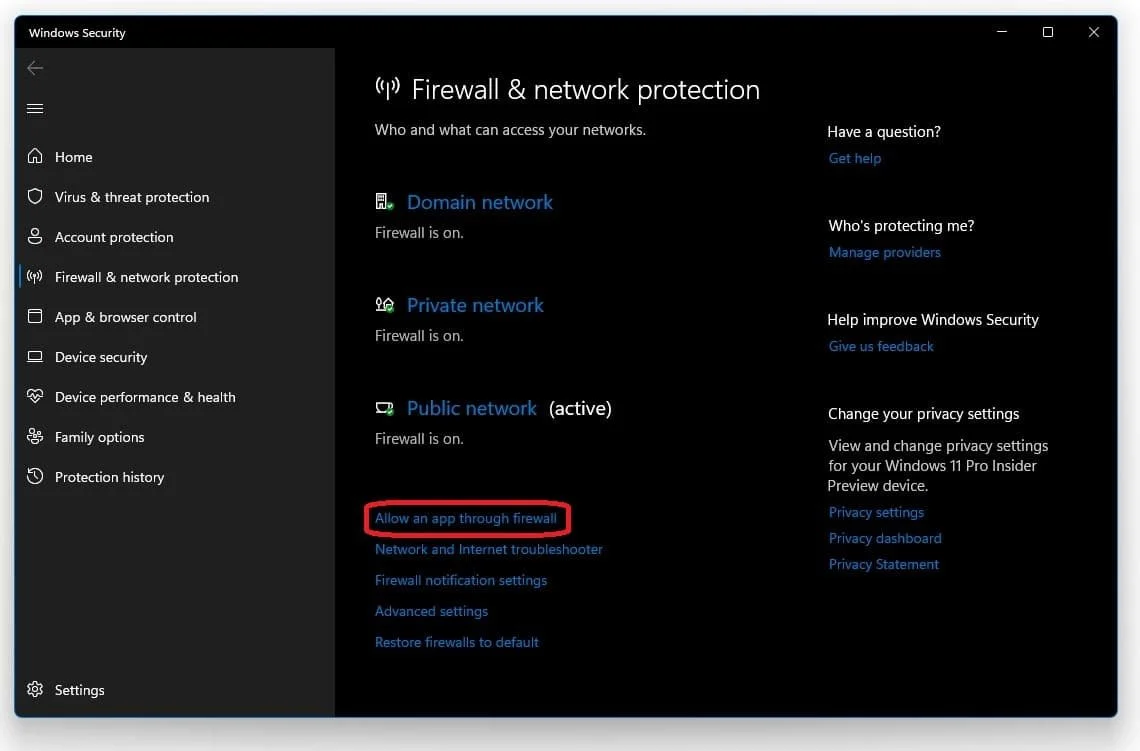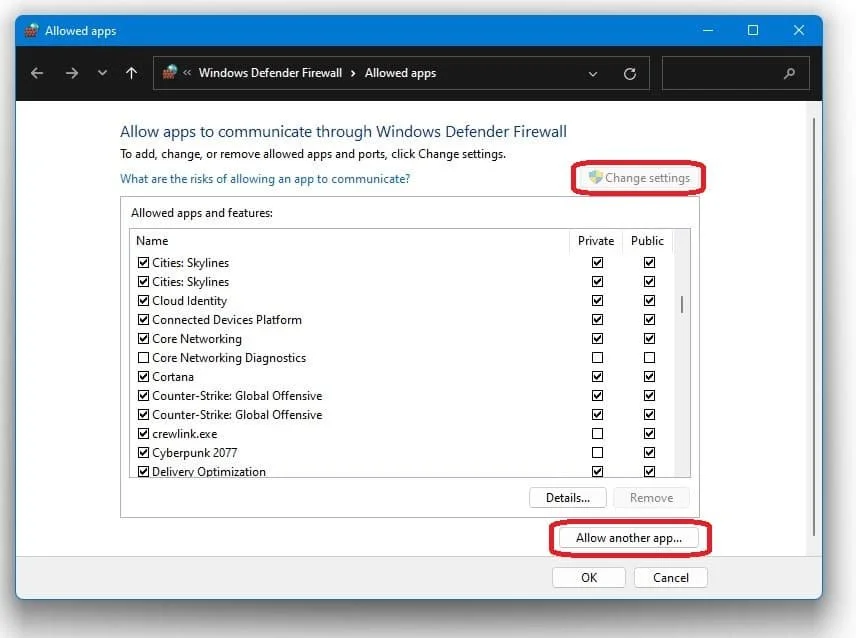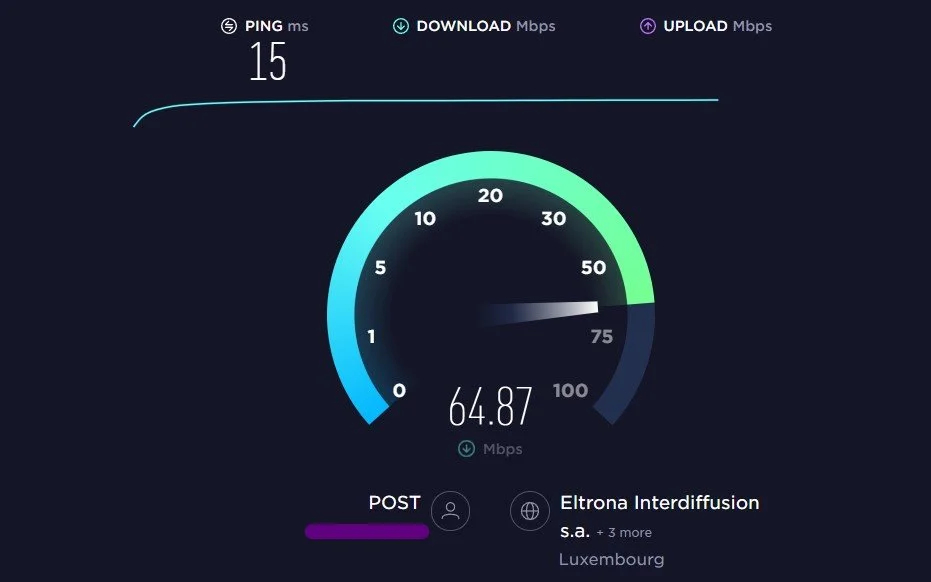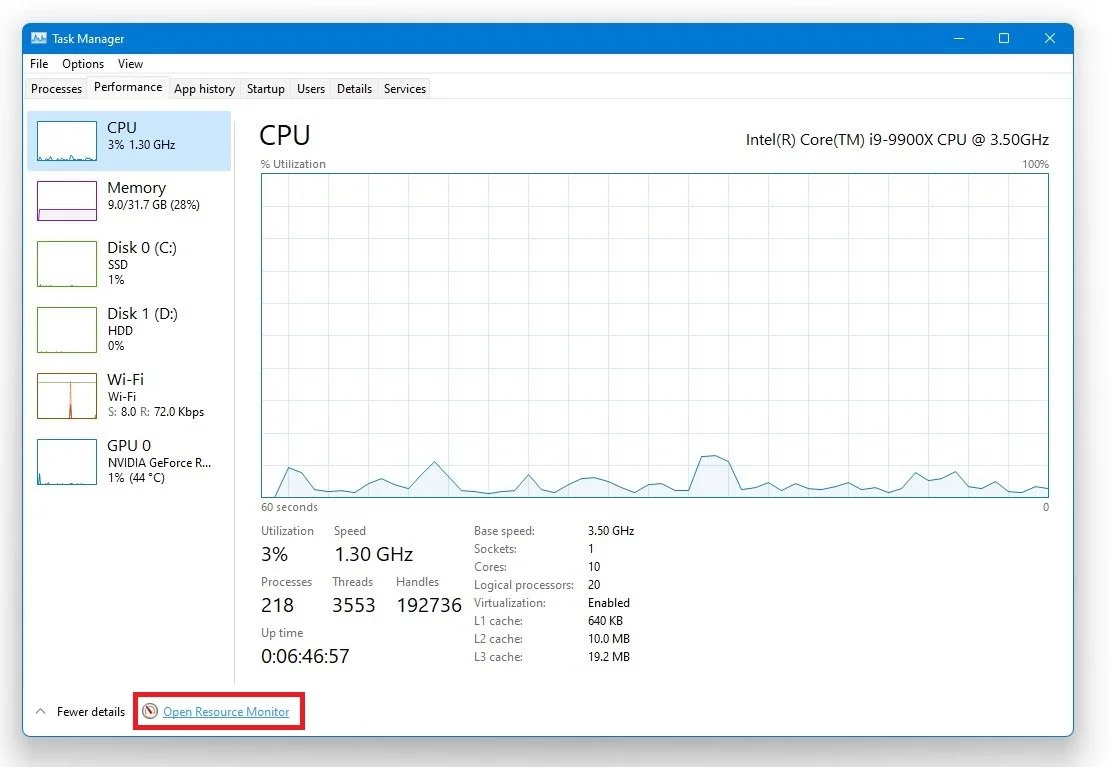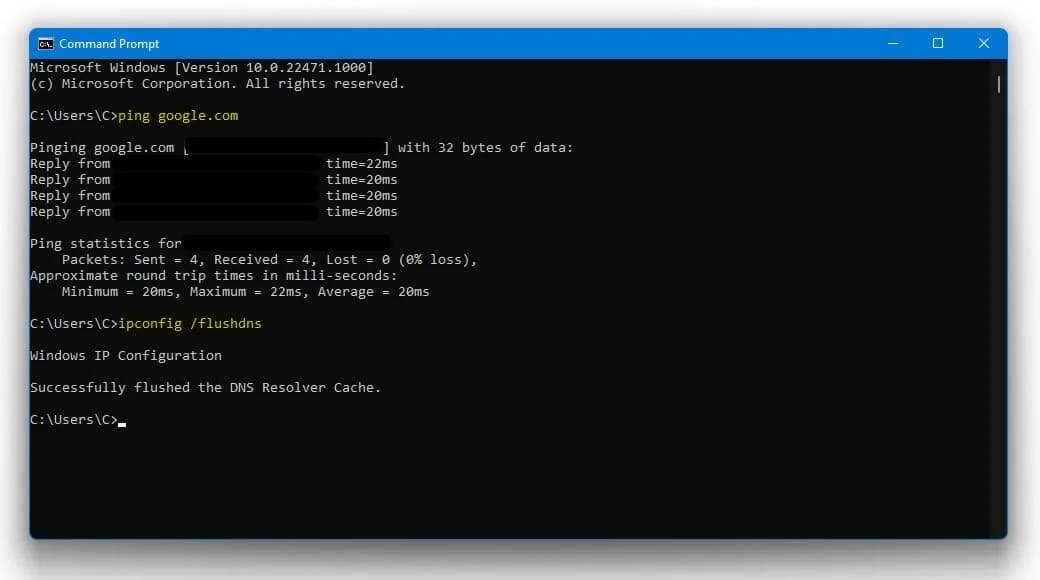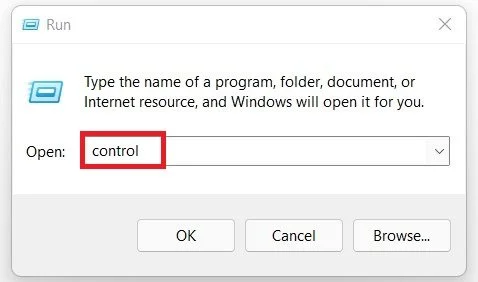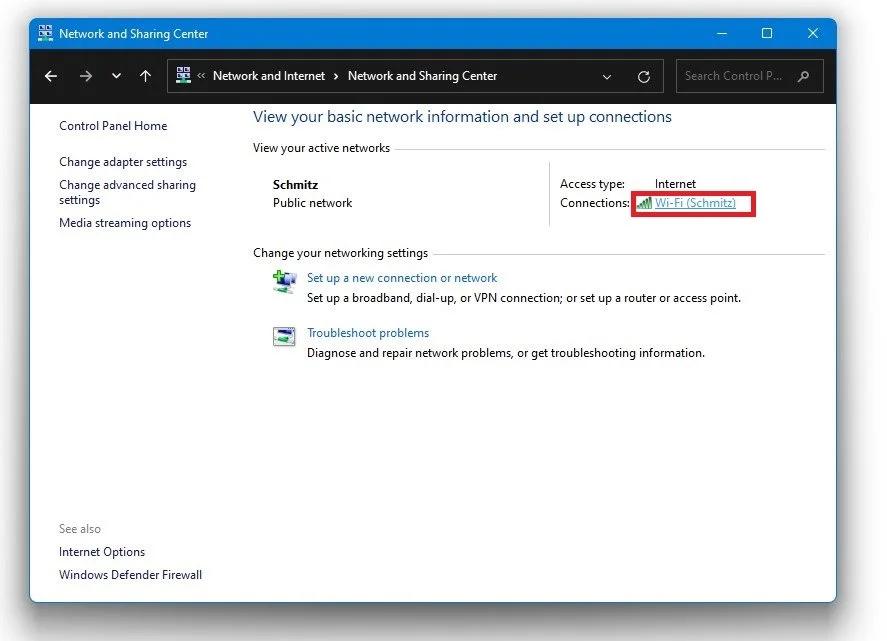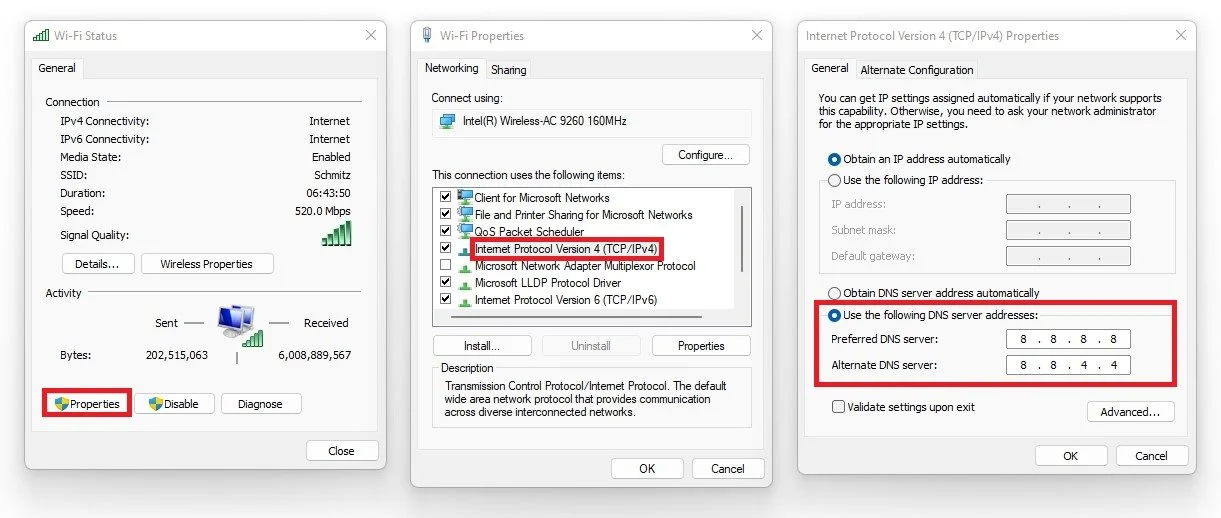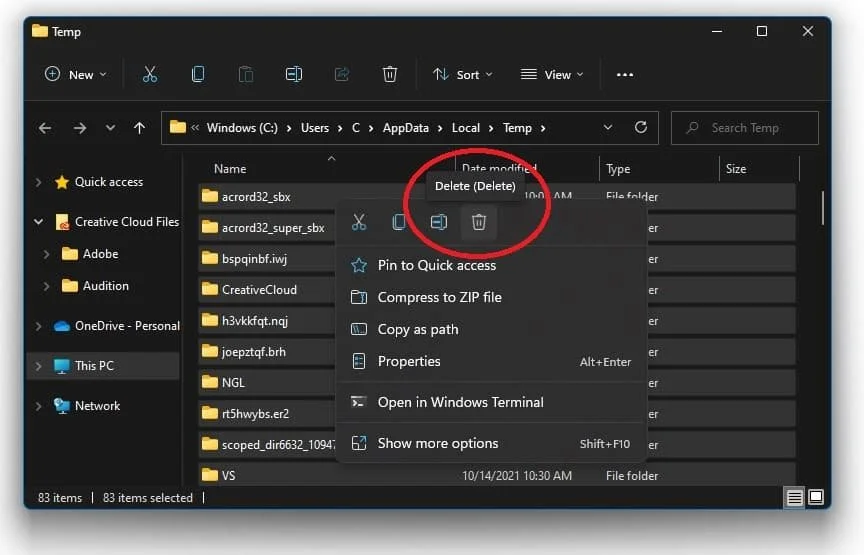Rocket League - Not Connecting To Servers Fix
Rocket League is a popular game that has captured the hearts of millions of players worldwide. It is an exciting and fast-paced game that combines soccer and cars. Unfortunately, one common issue many players face is the inability to connect to the game servers. This issue can be frustrating and prevent players from enjoying the game to its fullest potential. This article will explore some effective solutions to fix the Rocket League not connecting to servers problem. We will provide step-by-step instructions and helpful tips to ensure you can get back to playing your favorite game in no time. Whether you are a seasoned player or a newbie, this guide will help you troubleshoot and solve this pesky issue.
Adjust the Rocket League Network Settings
Open up Rocket League, and in your Gameplay Setting, set the Client Send Rate, Server Send Rate, and Bandwidth Limit option to High.
Adjust the Rocket League network settings
Allow Rocket League to Bypass the Windows Defender Firewall
Ensure your Anti-Virus application and Firewall are not blocking parts of the software. Search for Firewall in your Taskbar Search to open your Firewall & Network Protection system settings window. On the window, select Allow an app through firewall.
Windows Defender Firewall > Allow an app through Firewall
Select “Change settings”, and Allow another app. Select Browse, and your file explorer will open up. Navigate to the drive on which you saved the game on, Program files, Rocket League, binaries, Win64, and here select the Rocket League application and select Open. This will allow you to exclude the application from being blocked by your firewall and will prevent the server problem for Rocket Leauge.
Change Settings > Allow another app
Verify the Rocket League Server Status
In many cases, the issue is not on your end, butrelated to the server you are playing on. Make sure that the servers are working fine by visiting this page. You can see recent reports about server outages, and below open the live outage map to see where the issue is coming from.
Test and Improve your Network Connection
Click here to test your connection. Using Speed-Test services to preview the approximate up- & download speed of your connection and the latency to their server can help a lot in figuring out if network-related issues are caused by your connection or by the server you’re trying to connect to.
On www.speedtest.net, ensure your latency (ping) averages below 100 ms. A connection with high latency will induce packet loss to the server and will create lag and rubber banding while in-game To improve your network connection, make sure to use an ethernet cable to connect to your PC. In case you are forced to use a wireless connection, then make sure to restart your router (or modem) if you haven’t done this in a while and reduce the number of devices connected to the same network.
End Network-Intensive Processes while In-Game
Access your Resource Monitor by opening up your Task Manager. Right-click your taskbar to open up your task manager. Under “Performance” select Open Resource Monitor. On the new resource monitor window, open the Network tab, where you must open the Processes with network activity.
Task Manager > Performance > Resource Monitor
After a few seconds, you will see every process using your network connection on your system. This might be your browser running in the background, Steam, or a download bottlenecking your connection. We suggest you only end the processes which you know won't break your operating system. In the tab below, you can preview your network utilization in percentage.
Resource Monitor > Network > Processes with Network Activity
Windows Command Prompt
Open up your command prompt by searching for CMD in your taskbar search. The next two commands will help you test and improve your latency and packet loss if your connection induces any. Use the following commands:
ping google.com
This command will check your latency and packet loss to Google’s servers. You can also ping another server, but the ping google.com command has become somewhat of a benchmark in recent years.
ipconfig /flushdns
This command will reset your network connection by flushing its DNS resolver cache. This command will help improve your latency issues.
Command Prompt
Change DNS Server Addresses
Network-related issues can be caused by your DNS server address connection. In this step, we will change it, as it should help many users with network problems.
Run > control
Use the shortcut Windows Key + R, and in the dialogue box, enter Control and hit enter. This will open up your control center. From there, navigate to Network & Internet, Network & Sharing Center, and here select your connection.
Network and Internet > Network and Sharing Centre
Navigate to Properties and lastly, double-click the Internet Protocol Version 4 as you can preview on the screenshot below. Select to Use the following DNS server addresses option, and as your preferred DNS server, use : 8.8.8.8 as you alternate DNS server, use: 8.8.4.4
Use the following DNS server addresses
More Tips to Fix Server Issues with Rocket Leauge
Close Malware & Other Applications
We suggest removing malware and preventing applications from running that could use up your available resources or change your game files.
Verify Connection to ISP
In case you still experience latency or lag issues, then make sure to verify your connection to your Internet Service Provider. You can troubleshoot this step by changing your connection to your hotspot for example.
Delete Temporary Files
If you have issues loading maps or downloading other content, then make sure to delete your temporary files. Search for %temp% in your taskbar search to open up your temporary files folder. You can safely delete everything in the folder, some files might remain so just leave them there. This can help you reduce some clutter on your hard-drive.
Delete your temporary Windows files




